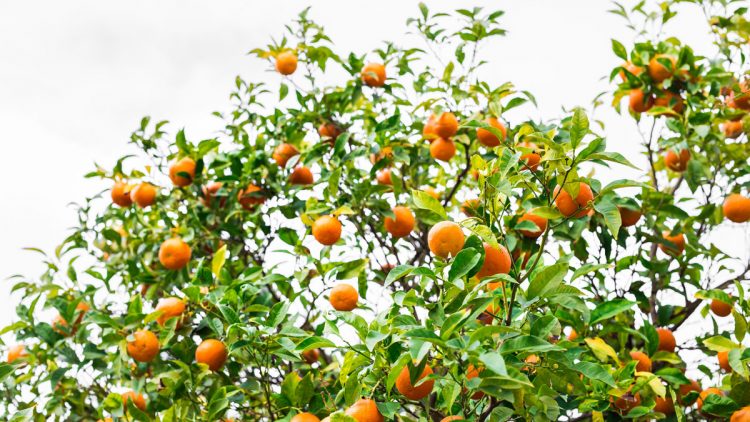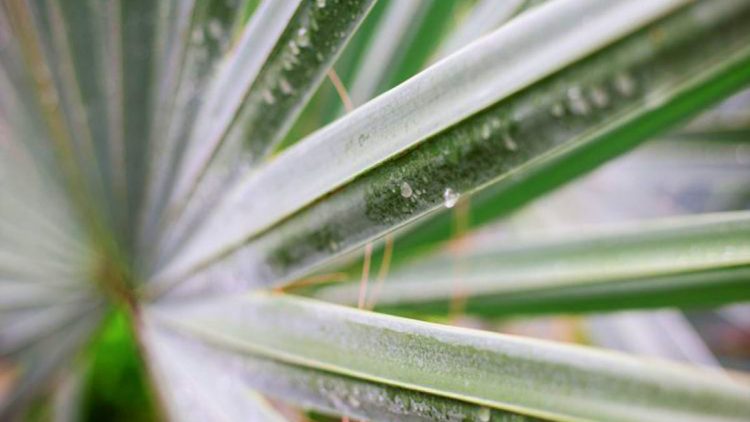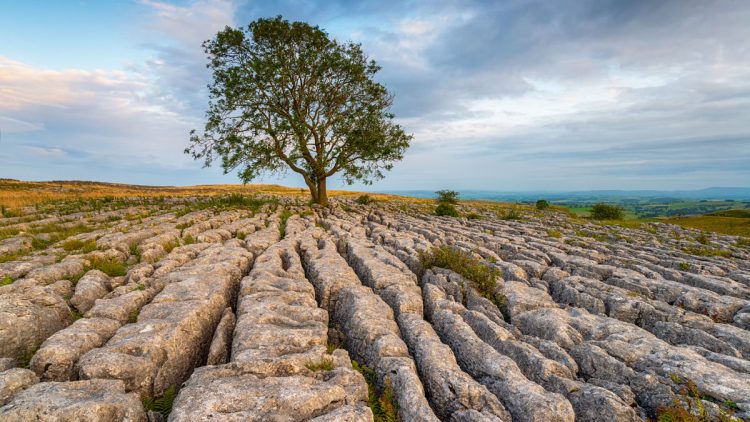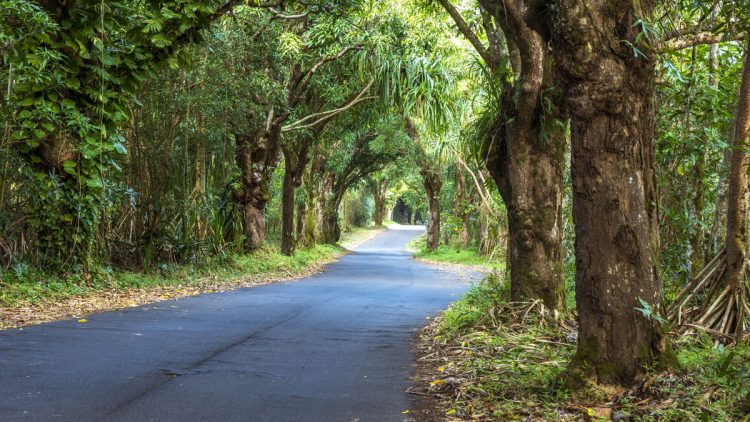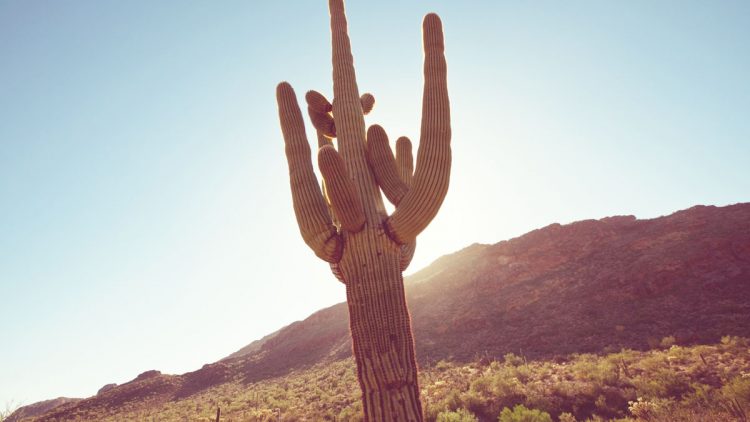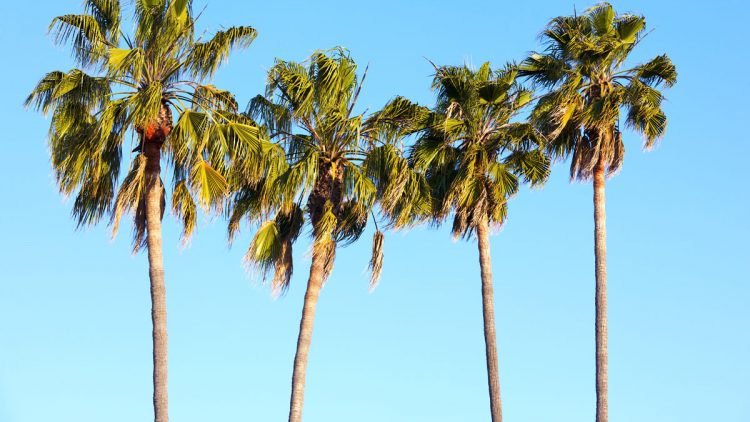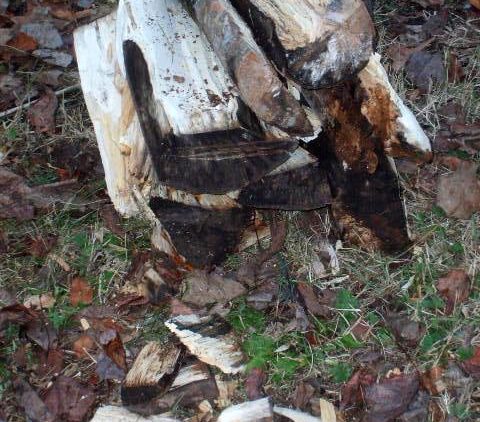Citrus Tree Care In Arizona
CITRUS TREE CARE IN ARIZONA
GET A FREE ESTIMATE TODAY!
Many areas of Arizona are suitable for growing citrus trees, including Phoenix, Tucson, Mesa, Tempe, Bullhead City and Yuma. Read on to learn a step by step guide to successfully planting citrus trees in the wonderful state of Arizona!
STEP BY STEP GUIDE TO SUCCESSFUL CITRUS TREE GROWING
STEP 1 – Citrus trees are best planted in September, Find a location with plenty of protection from the wind and where there is plenty of sun. If you can locate a the trees on a slight incline, cold air will flow down. Similarly planting against a wall, will help keep the wind at bay from the citrus trees.
STEP 2 – The root balls needs holes that are 3 to 5 times wider to promote the growth of the roots of the citrus tree. This is very important to the overall health of the citrus tree.
STEP 3 – The citrus tree will require heavy watering and as Arizona receives most of its yearly rainfall in late summer, additional watering will most likely be required. Utilize a soaker hose to water to a depth of 3 to 4 inches. During the winter, water every 6 days, every 3 days during the summer.
STEP 4 – Once the citrus tree has been established you do not need to water it as often. That said the average yearly rainfall in Arizona is not enough to sustain the life of a citrus tree so after the initial year, use a soaker hose to deepwater once per week in the summer and every three weeks during the winter depending on the conditions.
STEP 5 – January, February, April and May should be the months you use fertilizer on your citrus tree. Do not fertilize after the month of August as the tree needs to go dormant over the winter.
STEP 6 – Your citrus tree will need springtime trimming. Remove dead or damaged branches with a pruning saw or shears. Remove inward growing branches will maintain a well-groomed appearance. Cut areas of the citrus tree should be covered with a whitewash using a paintbrush to prevent damage from the summer sun.
CITRUS TREE CARE IN ARIZONA
If you own a property in the Phoenix Valley our team of trained, licensed, and insured tree cutting professionals will cut down and remove your tree safely and affordable. Every one of our skilled technicians understands our safe tree removal and cutting protocols and work together to get the job done quickly and safely. Keeping your property in the best condition possible while removing the tree is also our top priority. We remove the tree, clean up the mess, and leave your property in great condition.

